BIT-picnic sip of summer and useful information
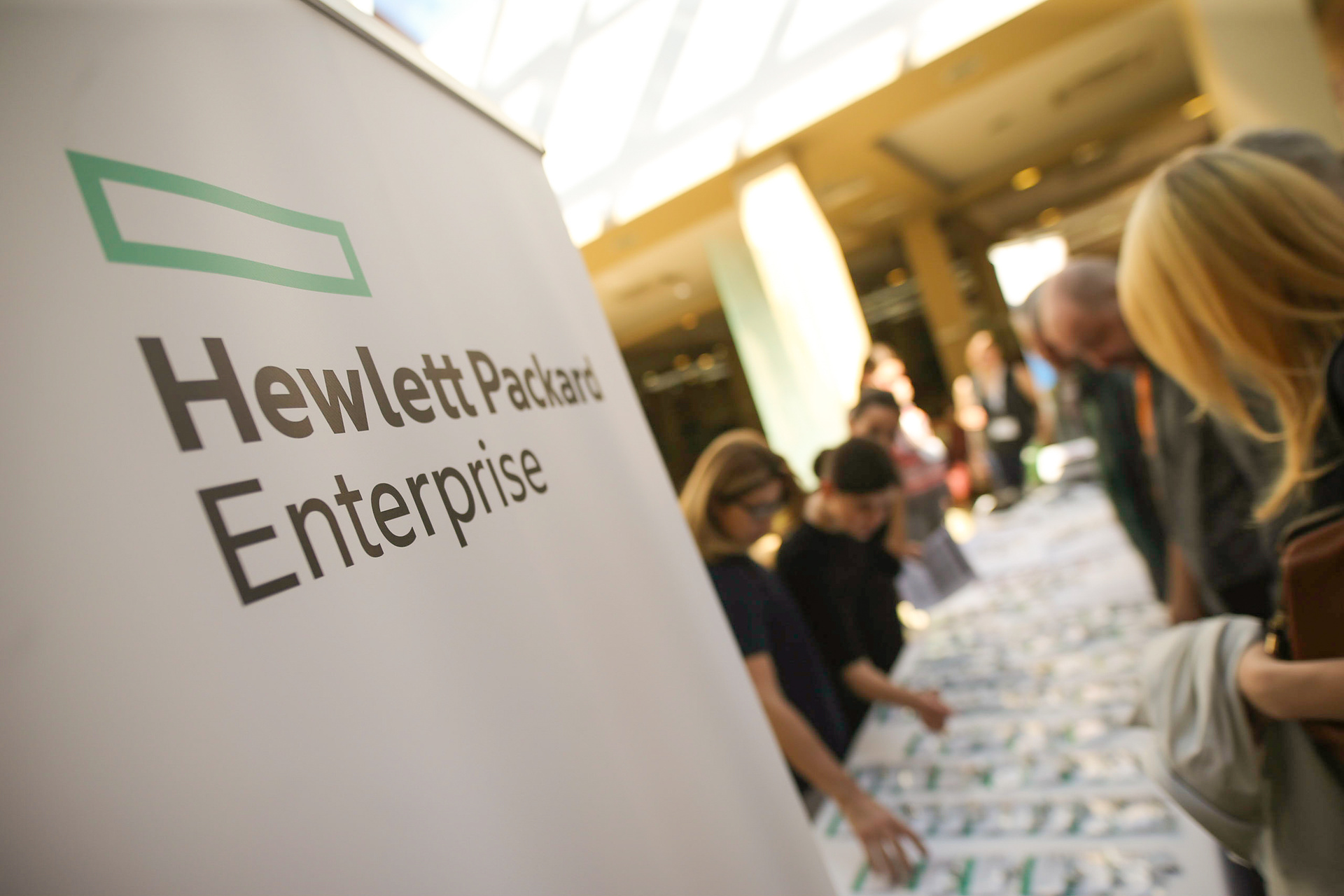
For many years, HPE has been holding outbound events throughout the country. Having traveled around most of the major regions of Russia, this year a BIT-picnic was organized in the Moscow region. In general, today I want to tell you about the keynote reports and the event itself, to share my own impressions.
But I would like to start with the unpleasant. In my opinion, the date of the event was chosen not quite right. This is due to the release of new Intel processors and, accordingly, the update of HPE server product lines. The fact is that the announcement of Intel processors was scheduled for the next day after the BIT-picnic and the company did not have the opportunity to bring a new generation of server products (except Microserver Gen10, the review of which we were promised in the near future) and tell us at least some information. But despite this, the reports at the event were no less interesting. I will try to tell about them. I will not even try to fully talk about the solutions that were covered, since it will take more than one article, so for all those interested I’ll just leave links to existing webinars on these products.
It was also nice to see not just “bare” reports, but also the fact that HPE brought some of its equipment and set up demonstration stands.
')

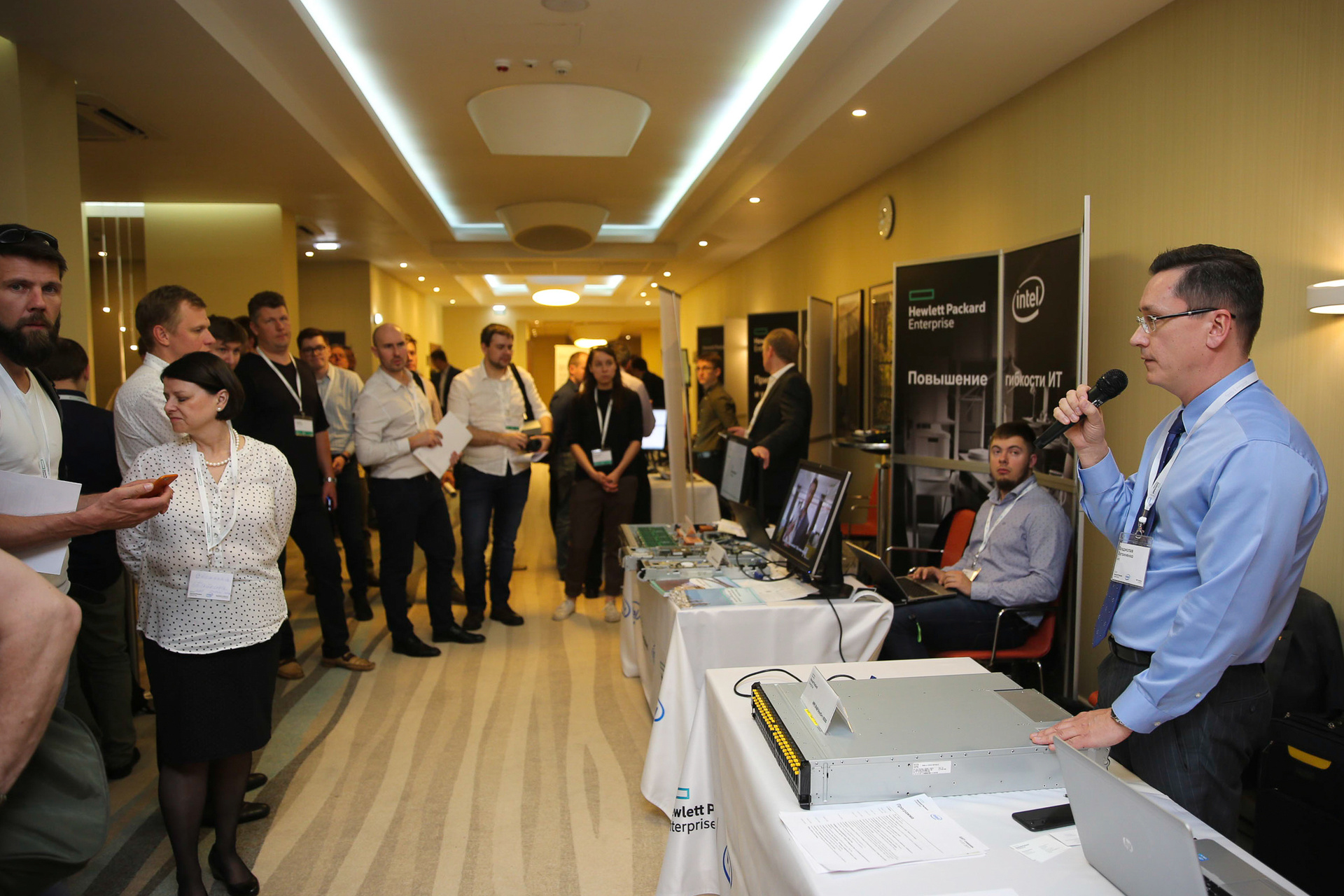
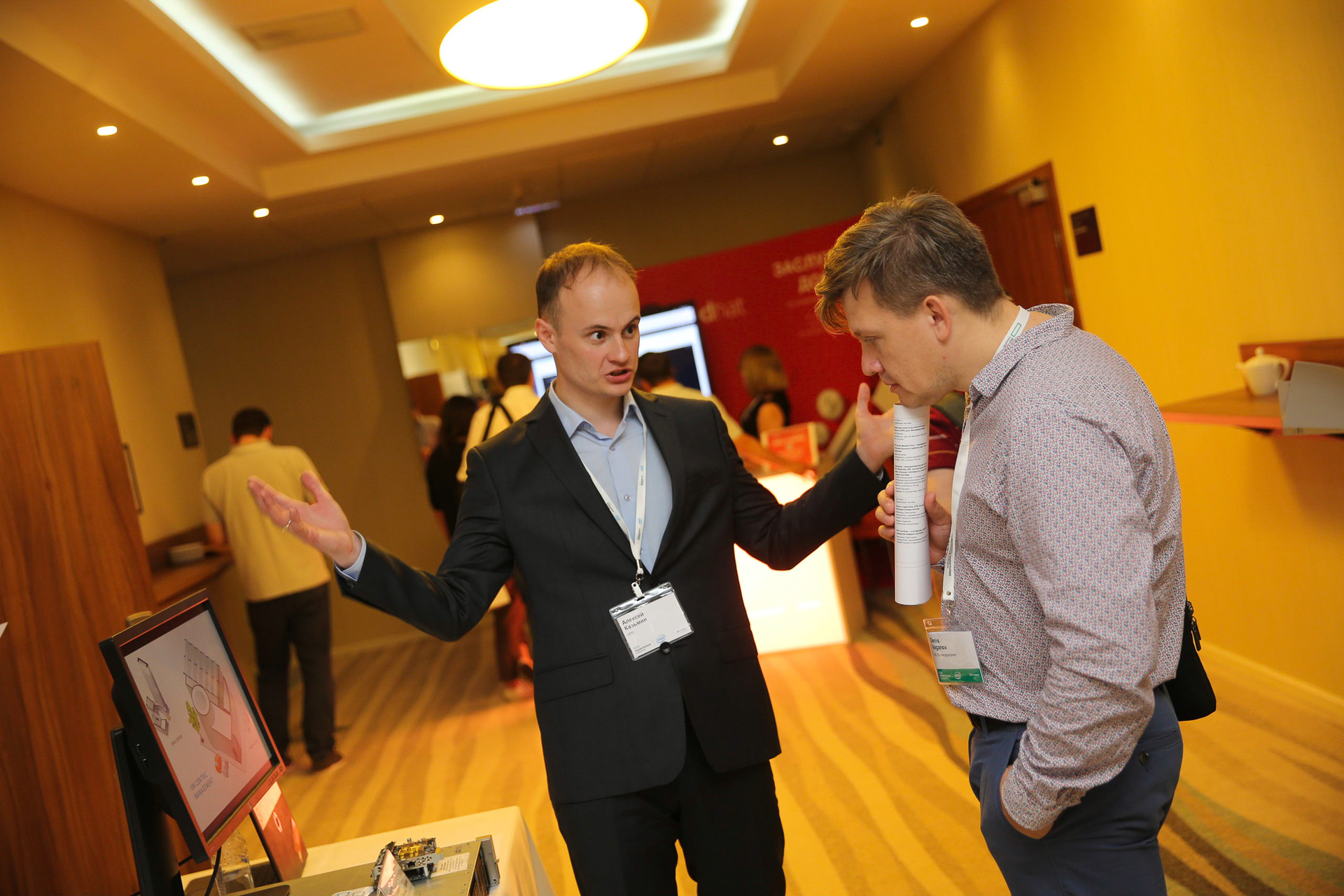
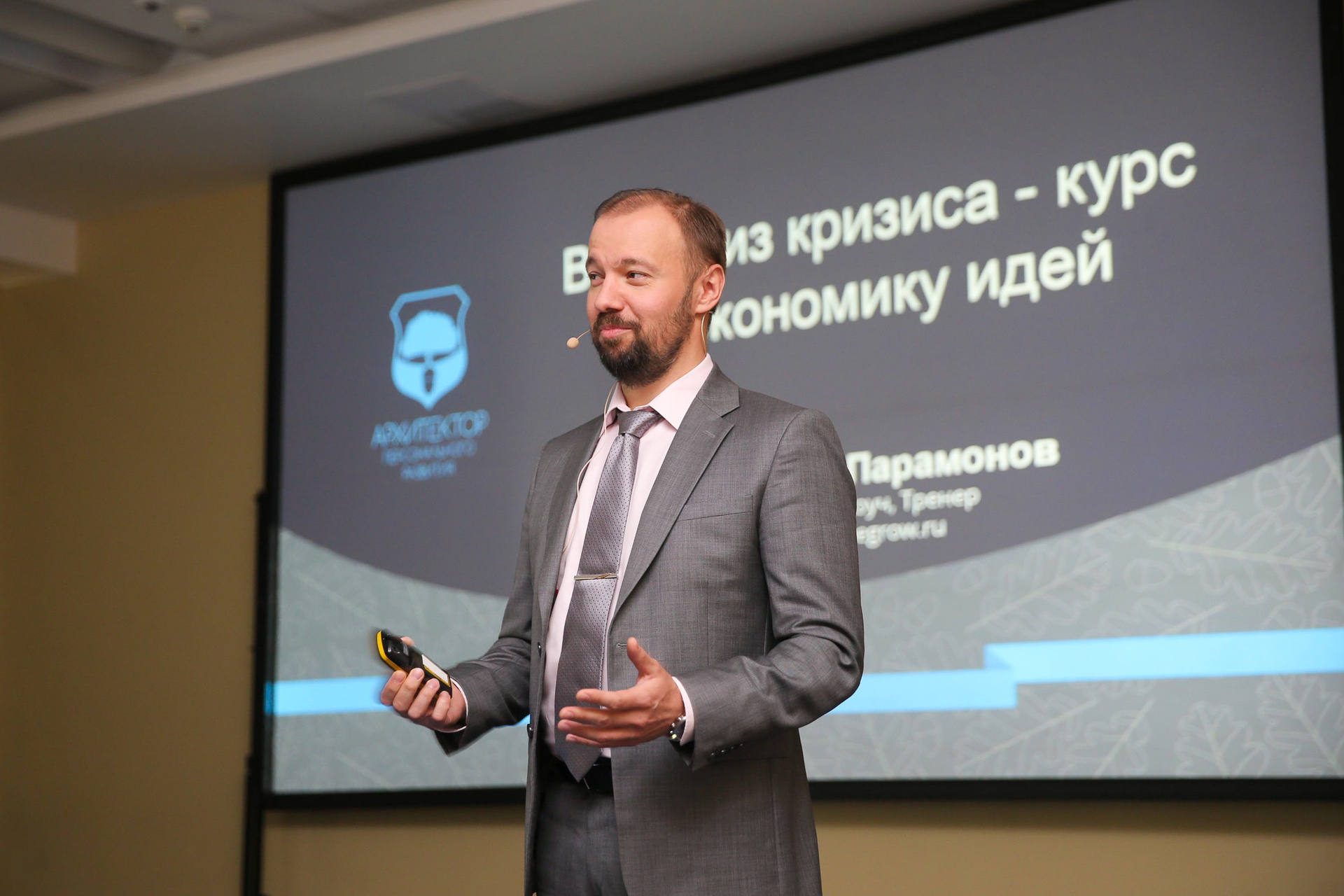
The event was opened by Alexander Paramonov, who spoke about the problems and vectors of IT development in times of crisis. One of the theses of his speech was the division of IT functions into 2 categories: “resource consumers”, i.e. the group responsible for maintaining the infrastructure and the “benefit creator”, i.e. The group responsible for the search and implementation of new solutions designed to improve and reduce the cost of business processes. We follow this strategy in our company - I’m in the second group, which is engaged in the search, testing and implementation of everything new in our infrastructure.

The next speaker was Oleg Vaskov, head of the HPE High-Tech Center, who is also involved in preparing test benches for HPE customers. He talked about new ideas in the IT business, their need and implementation, calling it "IT economy of ideas." In general, Oleg's performances are very memorable. A person loves the company in which he works and the products that he produces so much that you can listen to him for a very long time.

Oleg and at the exhibition booth, present at the conference, for a long time told everyone about the company's products (that day he was responsible for x86 servers and the Moonshot platform). By his mood and enthusiasm from his own products, his presentation reminded me of something Apple-events.

Further, Vladislav Logvinenko, HPE Storage Systems Manager, presented his presentation. He spoke about what has happened recently in the direction of the HPE 3Par storage system, about the advantages of this system, and also told about the recent purchase of HPE - Nimble. I won't tell you any better than him, so if you are interested in this direction, I recommend reading his webinar - Updating the product line of the HPE 3PAR family . The webinar talks about HPE Nimble InfoSight and plans to integrate this system into 3Par arrays, as well as support for Intel Optane drives with 3Par arrays, which will be available later this year (as soon as Intel Optane comes on the market).

The next was a report from the Red Hat company, which traditionally talked about its products and the advantages of open source software, what makes the Red Hat solution different from other developers' software, and why Rad Hat should be chosen. Honestly, I missed this talk a little, delving into communication with HPE representatives at the stands.

"HPE SimpliVity hyperconvergence - examples of implementations", - Vitaly Artemyev, Regional Director for Russia and the CIS of SimpliVity, made a presentation about the product that HPE also recently acquired - SimpliVity. Not all of those present were familiar with this hyper-convergent system therefore, his presentation aroused great interest. I took the main idea of the system from Vitaly’s presentation,

and for more detailed information in this area, again, I refer you to two recent webinars on this topic.
Anatomy of HPE Hyperconvergence: Embedding in PMS, Branches, VDI and Design
HPE SimpliVity 380 - the most complete hyperconvergent platform on the market
The first part of the seminar was completed by Vyacheslav Zakariev, head of the IT department at HENDERSON, who talked about the problems that they had during operation, which of the intended problems they planned to solve, how they achieved results and what HPE equipment helped with this. The presentation, interesting perhaps more for business representatives, showed how effective HPE products are.
HPE tried to take into account the interests of all visitors to the event and after the main series of reports was divided into 2 parts: the first part was for IT, by products and technologies of the company, the second part was devoted to business. Naturally for myself, I chose to visit IT reports.
And at lunchtime, I even found some time to enjoy the unexpectedly good weather and read a book in the sun.
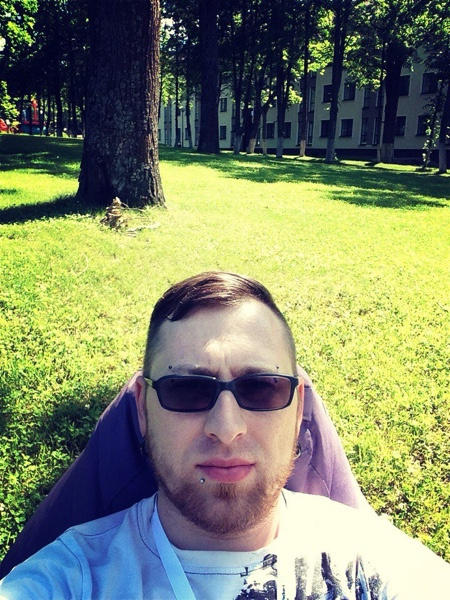
Fortunately, summer in Moscow this year does not make us very happy, so I was happy to combine business with pleasure.
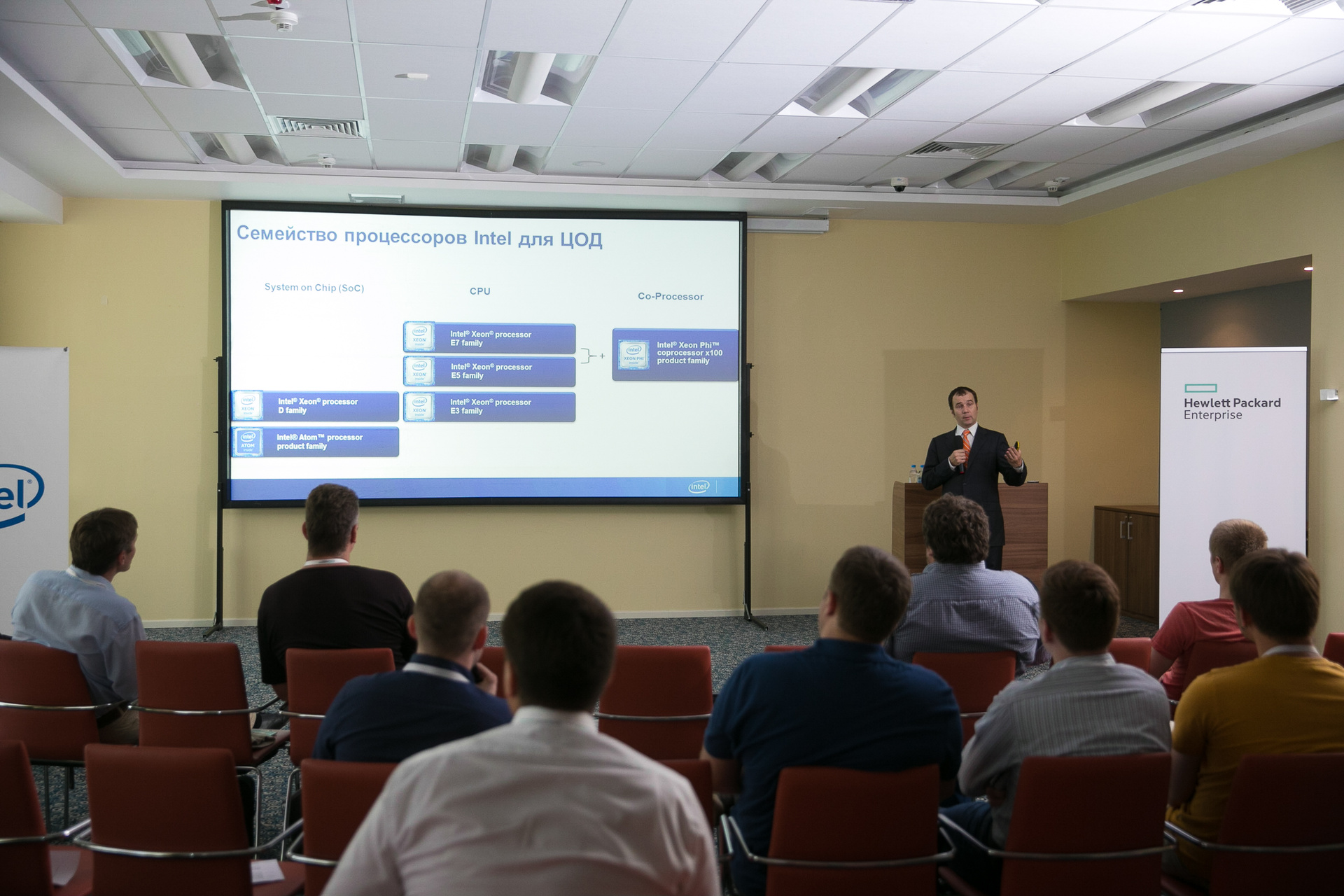
And the first, after dinner, Oleg Vaskov appeared on the technical branch, talking about the cooperation between Intel and HPE. Unfortunately, as I said at the beginning, the time of the event was not chosen very well, and literally by the evening of the same day most of the information he told was no longer entirely relevant. If you want to be among the first to hear about the new line of HPE servers, then I suggest contacting their official YouTube channel, where several reviews have already appeared:
Review 1
Overview 2
Overview 3
Review 4
During the preparation of this article, the guys from HPE announced the start of sales of some models of servers Gen 10, talked about innovations and models that are already available to order. HPE Launches New HPE ProLiant Gen10 Servers

He continued the technical branch of the sessions - Damir Artykov, head of the network solutions development department of Aruba. Honestly, in networks I don’t understand absolutely nothing, so the report missed my ears, just at that moment I had Wi-Fi and I began to check work mail.
But I have compiled for you a small selection of HPE Aruba webinars:
How to “cook” Wi-Fi: a modern approach HPE Aruba
Who is on your network? Functions and scenarios for the use of the Aruba security platform
ArubaOS 8: a smart operating system for the workplace of the future
AirWave or Central: which Aruba control system is right for your network?
HPE ArubaOS-Switch: Convenience Management and Your Network Security

But the most interesting report, or rather a demonstration, for me was the following presentation, when Alexey Kazmin showed on the demo stand work with backup copies on the SimpliVity platform. The speed of backup and recovery of virtual machines, which was demonstrated during the performance, pleasantly surprised many of those present, and the audience asked Alexey questions about the platform for a long time.
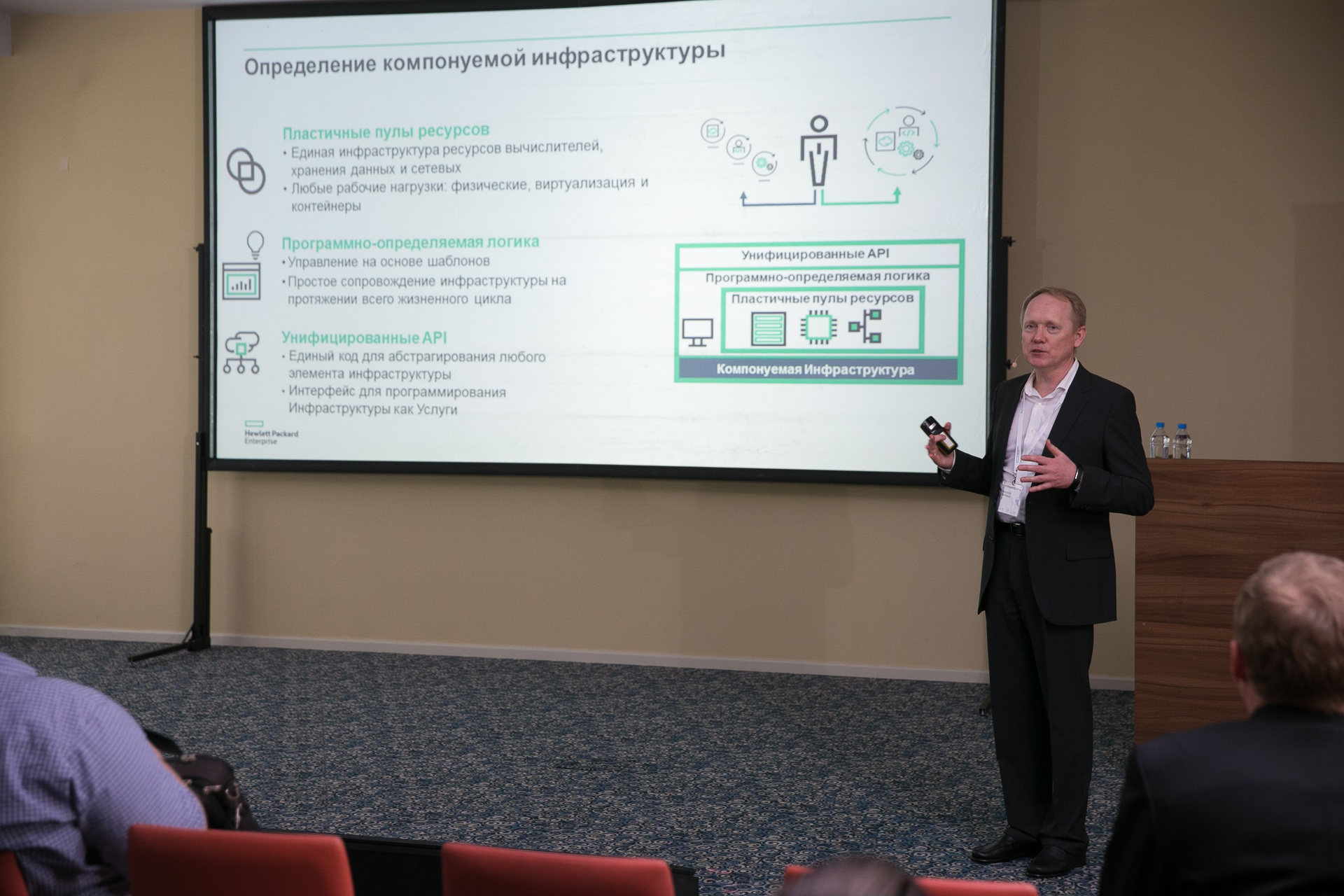
The next performance was no less interesting for me, because Alexander Svetlakov, head of Blade-systems and the Synergy platform, appeared at the screen. Someone has probably heard about this system, and someone could already read about it here on Habré . If this is something new for you or you know not everything about it that you would like, then I will recommend a series of fairly detailed webinars on this platform.
HPE Synergy Enterprise Data Center Platform - Part 1
HPE Synergy Enterprise Data Center Platform - Part 2
HPE Synergy Enterprise Data Center Platform - Part 3
HPE Synergy Enterprise Data Center Platform - Part 4
HPE Synergy Enterprise Data Center Platform - Part 5
He ended the official part of this event as Alexander, talking about the OneView centralized management platform. And indeed, a single management system for the entire infrastructure reduces the time required for the deployment of equipment, administration processes, and also cost savings. But personally, for all my years of working in various companies and working with customers, I have never seen in practice the use of such systems. Indeed, there were rare cases when everything was built in the company on the equipment of one vendor, but even in these cases such systems were not used.
Summing up, I would like to say that visiting such events is really an excellent exercise. But it must be approached prepared. Recently, a translation of 35 tips was published here for those who are going to a technical conference and I would like to give a few of my tips on this topic. At such events, oddly enough, you need to come already knowing something about the product. Nowadays, the Internet to get information about a product or device is not a big deal, but the time at the conference needs to be spent more in communication with those who are able to answer your questions, try to decide - for what needs and tasks it suits the solution, and for what not. Establish contact with engineers who can later help you implement or miscalculate this product. In my opinion - the conference is still an opportunity for thematic communication and the establishment of useful and interesting acquaintances.
And at the end I would like to thank HPE and personally Alexey Kazmin for inviting me to the event and wish good luck on future meetings.
Source: https://habr.com/ru/post/334134/
All Articles